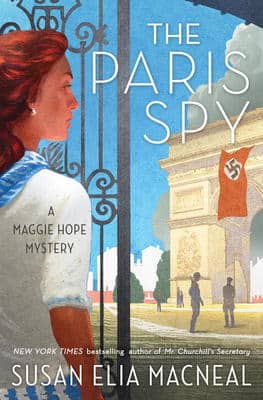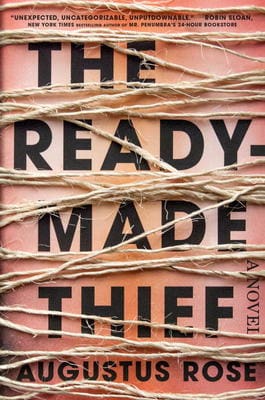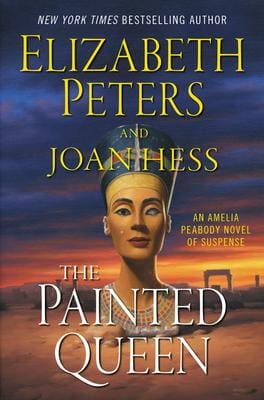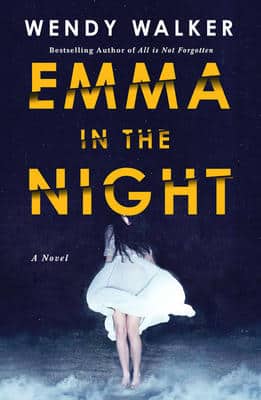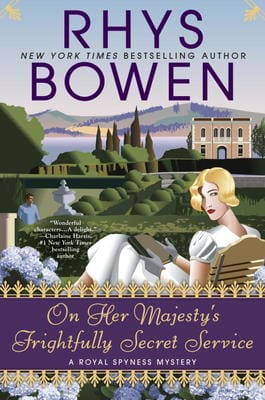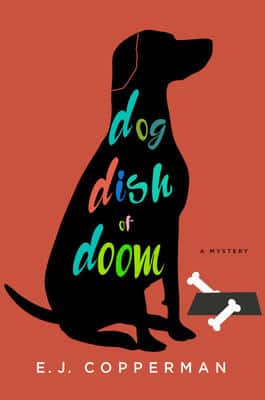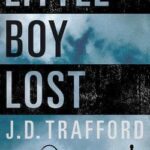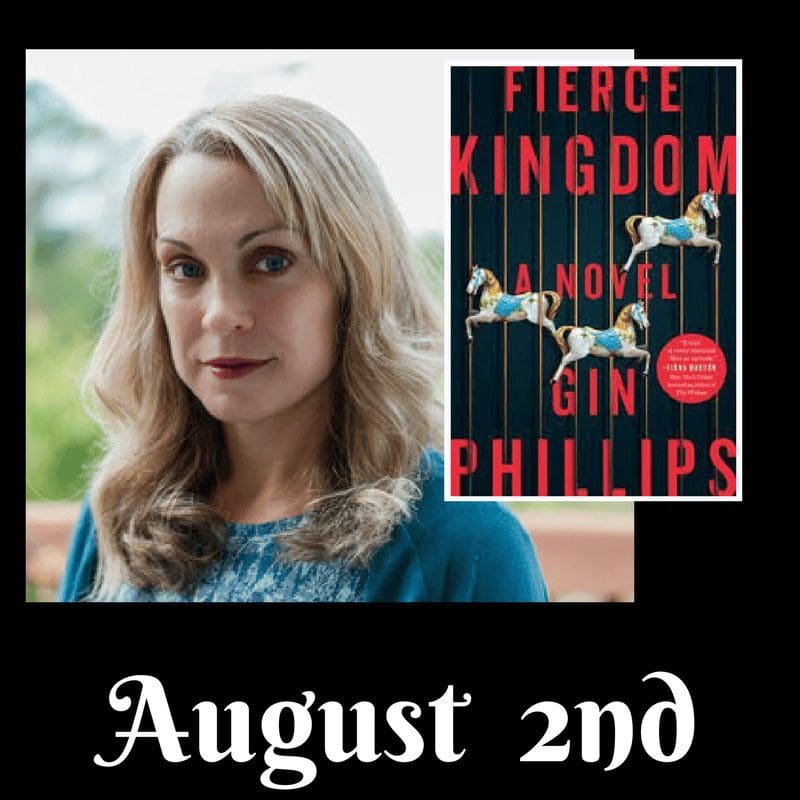The most recent Hot Book of the Week at The Poisoned Pen is Benjamin Percy’s The Dark Net. You can order a signed copy through the Web Store. https://bit.ly/2fDa0Rm
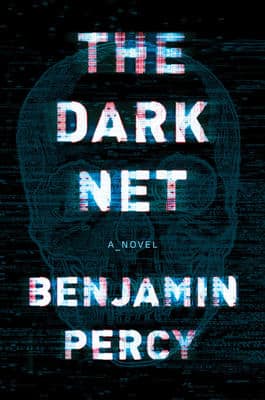
Here’s the description of the book, a teaser to tempt you to read the book.
Hell on earth is only one click of a mouse away…
The Dark Net is real. An anonymous and often criminal arena that exists in the secret far reaches of the Web, some use it to manage Bitcoins, pirate movies and music, or traffic in drugs and stolen goods. And now an ancient darkness is gathering there as well. This force is threatening to spread virally into the real world unless it can be stopped by members of a ragtag crew:
Twelve-year-old Hannah — who has been fitted with the Mirage, a high-tech visual prosthetic to combat her blindness– wonders why she sees shadows surrounding some people.
Lela, a technophobic journalist, has stumbled upon a story nobody wants her to uncover.
Mike Juniper, a one-time child evangelist who suffers from personal and literal demons, has an arsenal of weapons stored in the basement of the homeless shelter he runs.
And Derek, a hacker with a cause, believes himself a soldier of the Internet, part of a cyber army akin to Anonymous.
They have no idea what the Dark Net really contains.
Set in present-day Portland,The Dark Net is a cracked-mirror version of the digital nightmare we already live in, a timely and wildly imaginative techno-thriller about the evil that lurks in real and virtual spaces, and the power of a united few to fight back.

